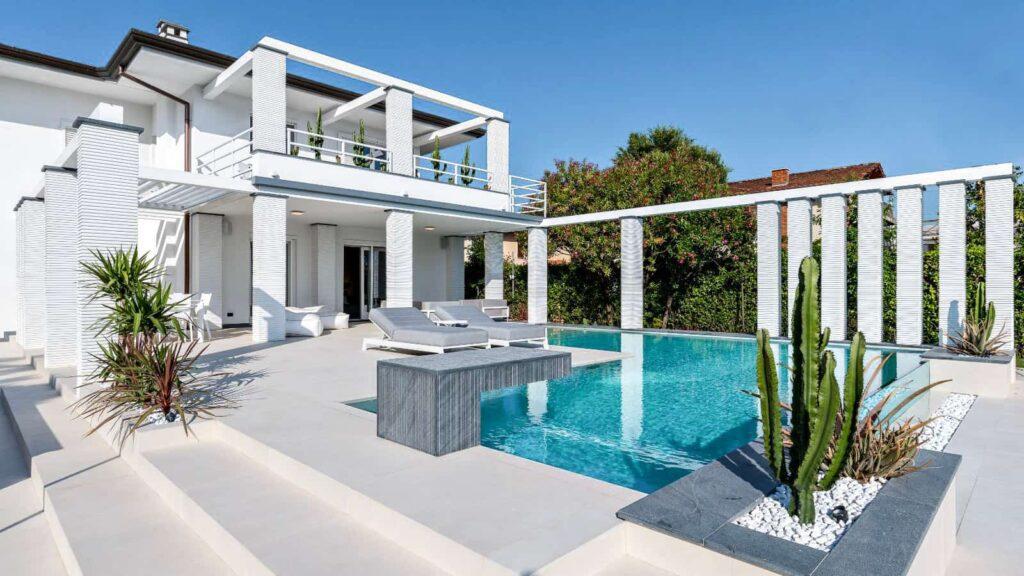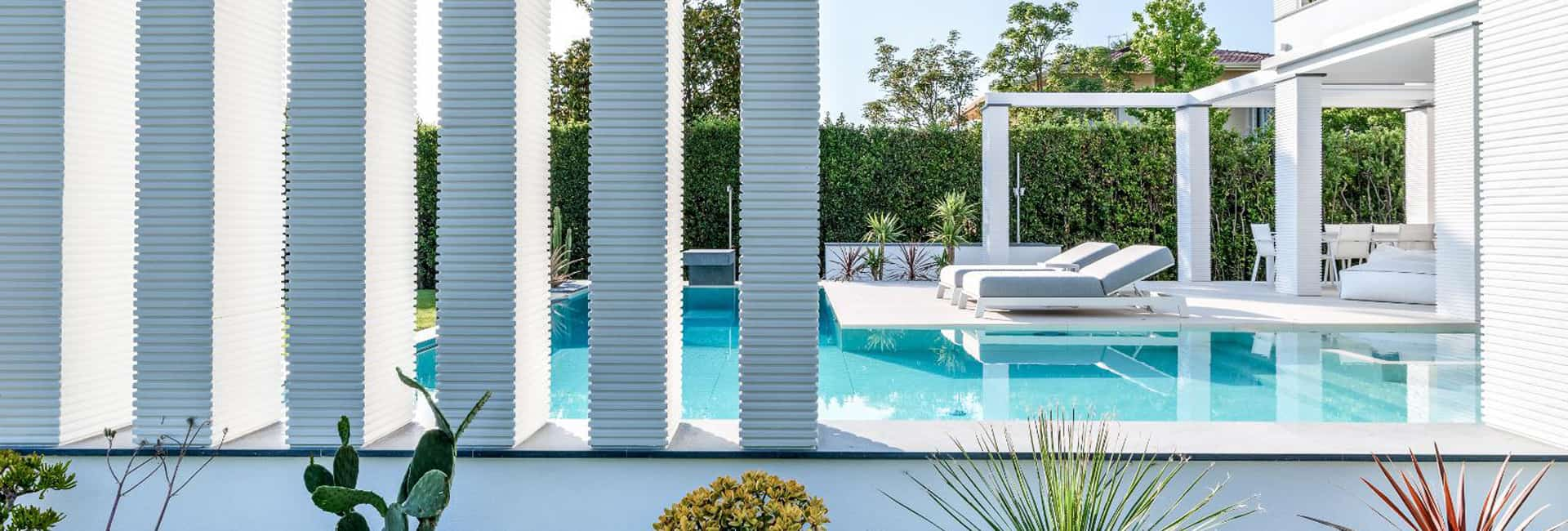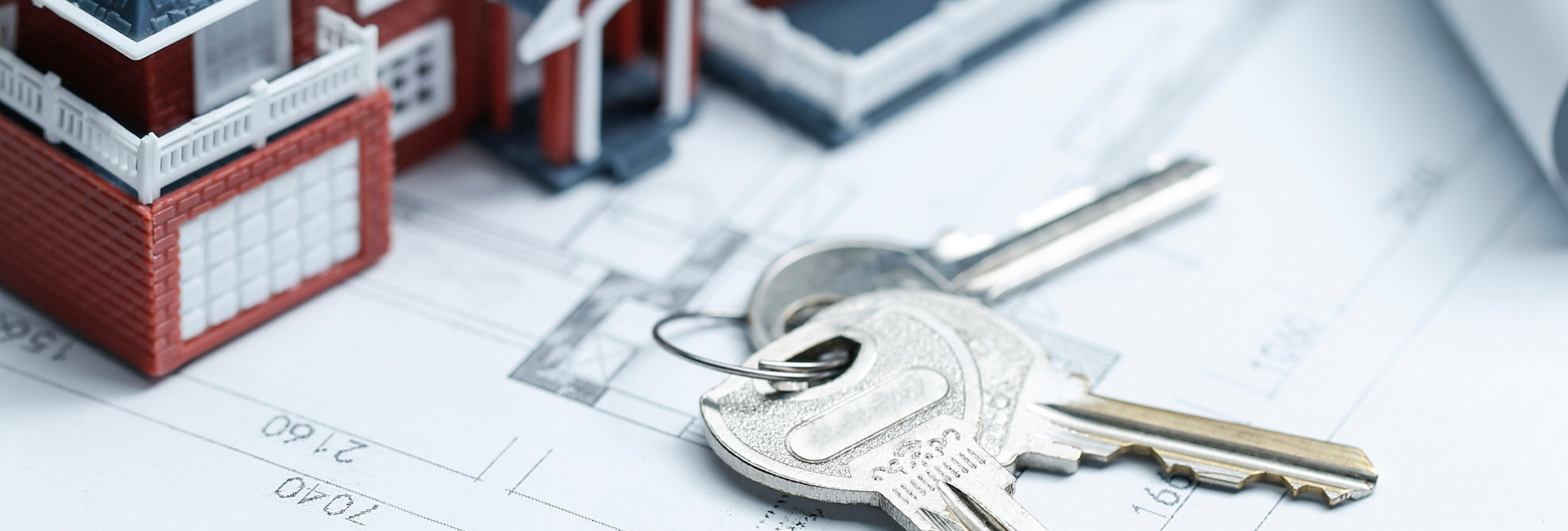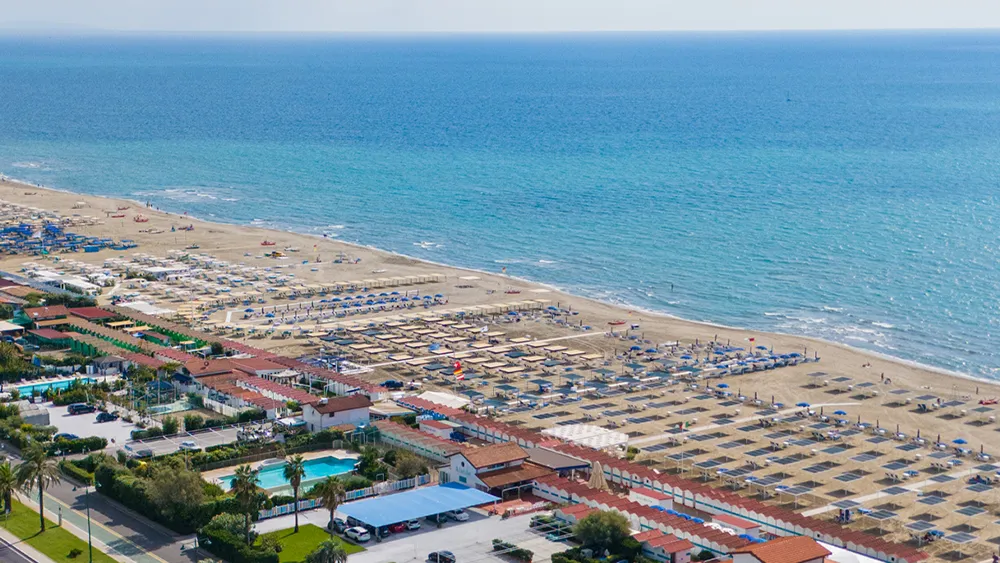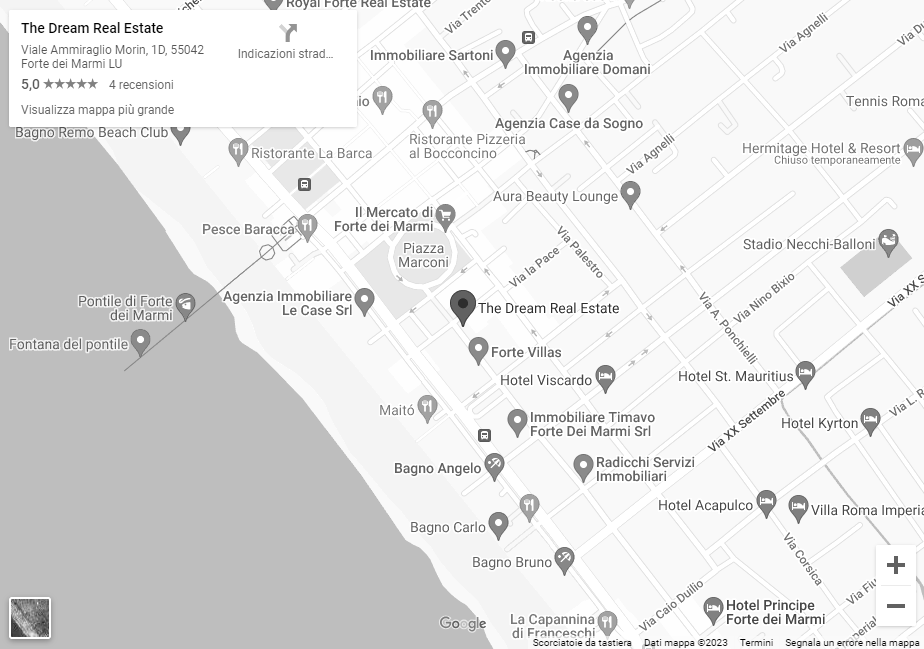The goal is more than ambitious: to turn all of Europe’s buildings into zero-emission, efficient and non-polluting buildings. The EU “Green Homes” Directive (as it has been named in Italy), recently approved by the European Parliament envisages a step-bystep pathway to gradually eliminate carbon dioxide emissions from buildings, public and private. From a climate and environmental point of view, this is a crucial issue, given that buildings represent one of the main sources of energy consumption, and therefore pollution, in Europe.
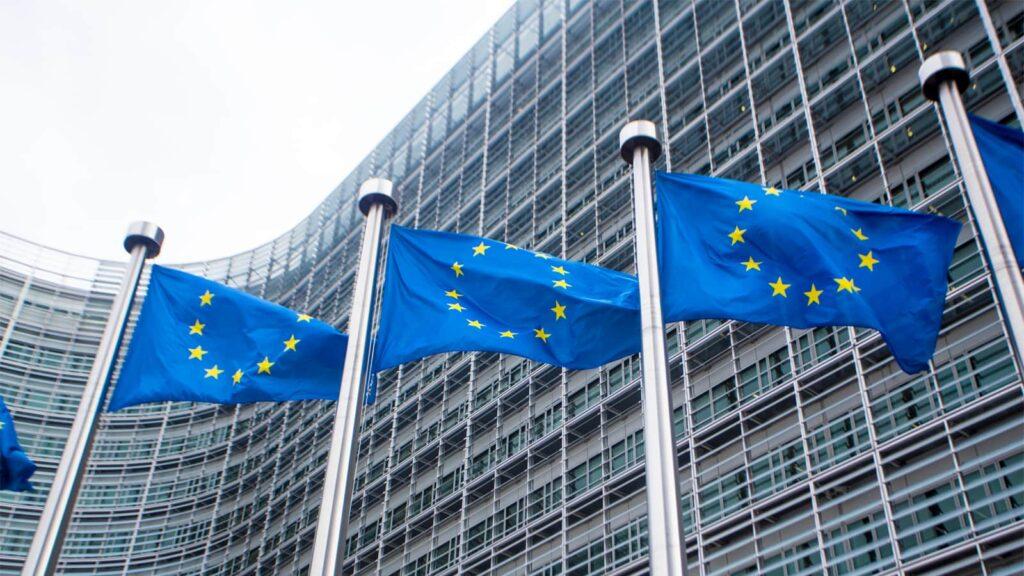
In detail, the directive stipulates:
– by 2030 private buildings must be in at least energy class E;
– by 2033 they must upgrade to energy class D or higher;
– by 2050, no building in the European Union will be allowed to produce any more direct carbon dioxide emissions, and will not be allowed to use fossil fuels for heating.
For public buildings and non-residential private buildings, the timetable is even tighter: the first target must be met by 2027 and the second by 2030. The rule also includes important exclusions: first, second homes, and then buildings of historic or artistic interest, houses of worship, and houses with an area of less than 50 square meters.
New buildings must be built in such a way as to merit Class A in the Energy Performance Certificate (EPC) from the outset. For the others, if they are in classes G or F, renovation work that can significantly improve their energy efficiency is required: installation of solar panels and photovoltaic systems, insulation of roofs and walls, installation of systems of production or consumption of renewable sources, thermal insulation interventions (thermal coat, replacement of windows and doors).
These are, of course, expensive interventions, but it is more fair to consider them as real investments, and not as expenses. Investments, moreover, that have extremely fast payback times, through the very strong savings they produce on the building’s energy costs. A Class A home consumes one-tenth the energy of a Class G one: it means spending 100 where you used to spend 1000.
Multiply the savings by the estimated 30 million properties that will be affected by energy upgrading in Italy, and the result is truly impressive.
To a large extent, then, the interventions can be financed with the economic support measures that will be put in place by the European Union itself (150 billion euros until 2030), as well as with the new Social Climate Fund (72 billion euros). Each state in the Union will have to adopt a National Building Renovation Plan, and this too will have to include funding and support. The return
on investment for individuals would therefore be reduced to a really short time frame. But above all, a zero-emission house is an ultra-comfortable, environmentally friendly, efficiently heated (or cooled) house: a house powered by clean, safe and almost free energy, forever.
All these characteristics are met by the stunning Villa Catia, which The Dream RE offers for rent in Forte dei Marmi. Designed and built with advanced methods of home automation and energy-saving technology, and using mostly natural, as well as valuable, materials, it represents a perfect blend of design and technology.
